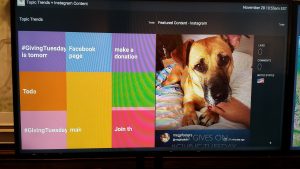Once you’ve visited a major giving prospect, you’ll have to get the information you’ve learned down on paper. Your call report or trip report will help others know about the prospect, and can act as a refresher the next time you contact the potential donor.
Development professional John Greenhoe outlined a trip report inventory in his book, “Opening the Door to Major Gifts: Mastering the Discovery Call, published by Charity Channel Press. It includes:
- Prospect’s relationship with your organization: Is the prospect highly engaged in our work, minimally engaged, or not at all?
- Prospect’s perception, opinion, and attitude regarding our organization: How does the prospect feel about our organization? Make a list of likes and dislikes.
- Prospect’s sense of our organization’s needs, with priorities indicated: Some won’t have anything specific in mind. Others will, and might share their thoughts on philanthropy in general.
- Indications of financial capacity: What type of vehicle does the prospect drive? What are the prospect’s hobbies? Where does the prospect go on vacation?
- Likelihood the prospect could become a significant annual fund donor: This is often verified by the prospect’s gift history, if any. You’ll need an assessment of the prospect’s inclination to give on a long-term, ongoing basis.
- Likelihood the prospect could become a planned gift donor: This is shaped by family situation. If you learn the prospect has no heirs, this might be an indicator for a planned gift
- Likelihood the prospect could become a major gift donor outright: This is indicated by the prospect’s relationship with the organization and by life events such as a recent promotion or sale of a business.












